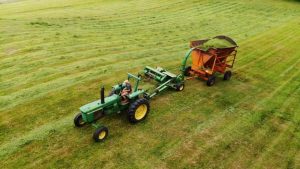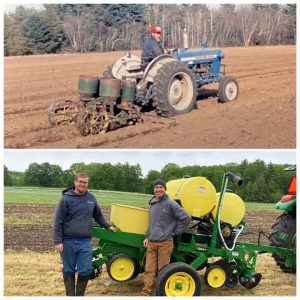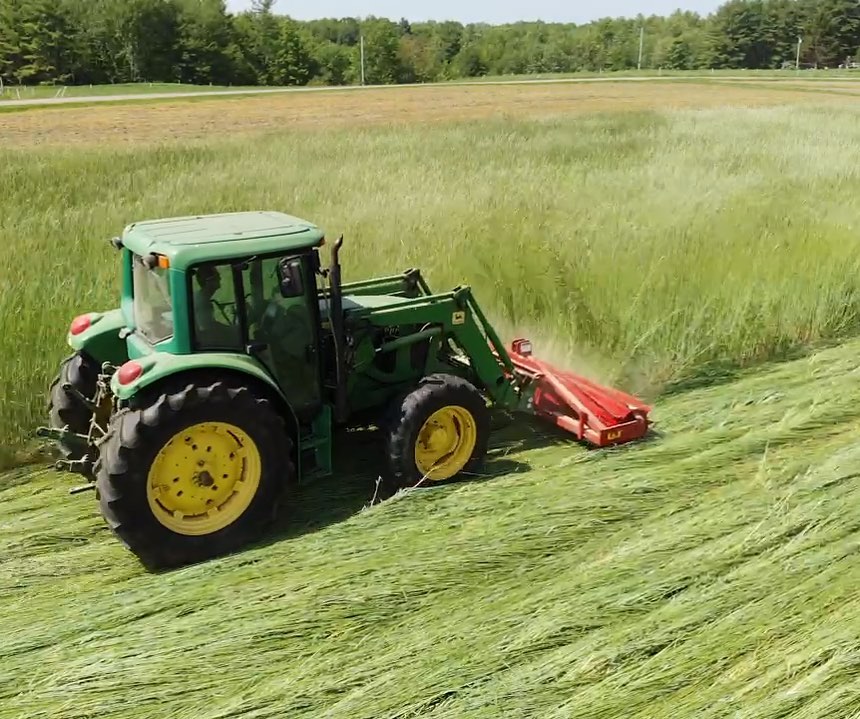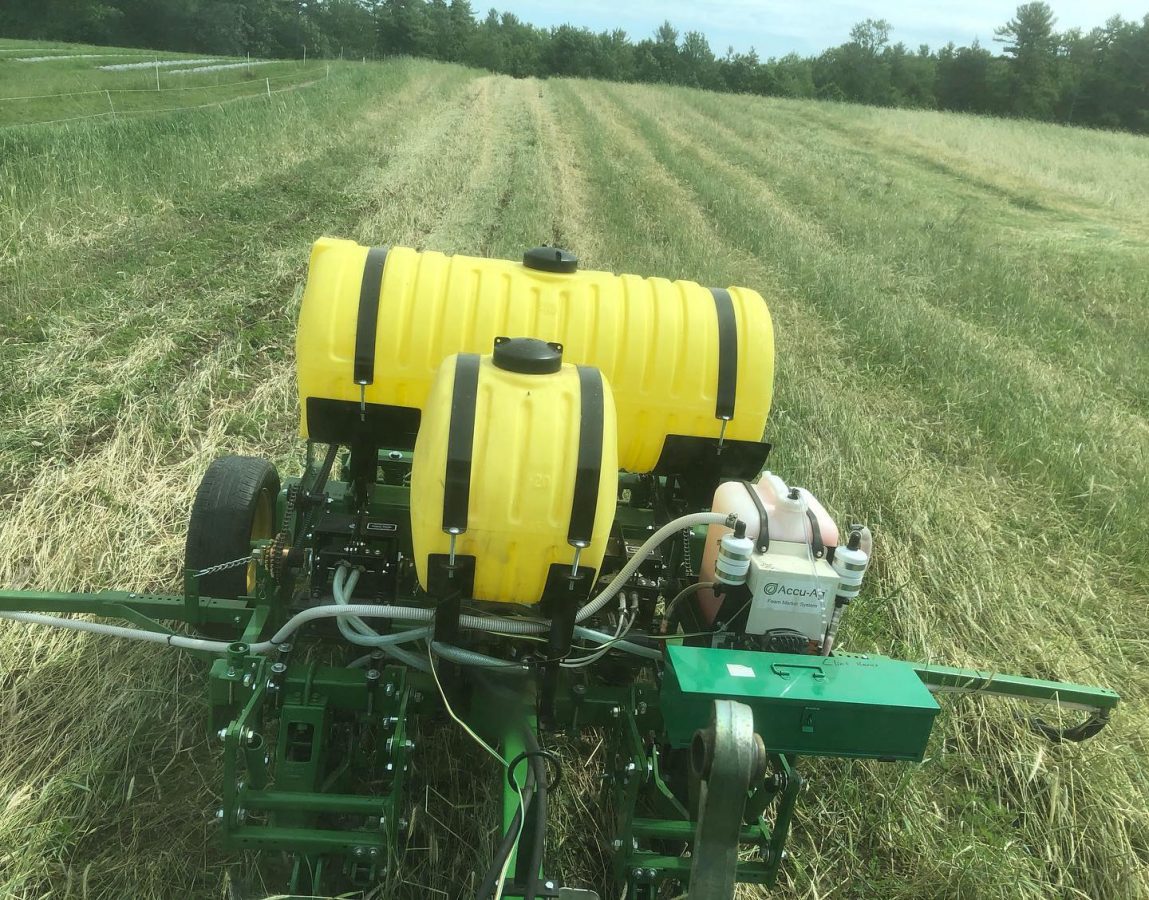2021 Green Pasture Award Winner – Harris Farm

Dairy farming isn’t just milking cows, scooping poop, and taking care of cows and calves. Much of a farmer’s year is spent in the fields, prepping the ground, planting and harvesting feed for cattle. When you rely on yourself and the land to grow the majority of feed for your animals, it can be difficult to experiment, to step away from the tried and true methods. A failed experiment means no food for your animals. It takes a great deal of research and often a giant leap of faith to make a change. But if an experiment is successful, it can mean great results for both the farmer and the land.
“We’ve been moving in the direction of improved cover crops and reducing tillage for a while now, and this year we finally made the leap into the world of no-till,” says Jake Harris, 27, of Harris Farm in Dayton. “This is totally new. Not only for us, but for our entire area, so we’re doing a LOT of experimenting with different cover crops and methods.”
A diversified farm, the Harris family grows food for animals AND people. Their livelihood is literally rooted in healthy soil. Healthy soil has always been important to dairy farmers, but it is becoming increasingly so. In recent summers, it is more common to see longer, hotter dry spells followed by torrential downpours. If the ground is dry and packed, the hard rains will just run right off causing erosion and nutrient run off. Healthier soils hold onto the moisture and nutrients so that the crops have something to nourish them during the next dry spell.

The farm’s new no-till planter allows them to plant crops like corn and beans without having to plow or “till” the soil, “preventing soil erosion, controlling weeds and improving the soil’s biological systems. The various wheels and discs under the machine create a neat slot in the cover crop on the soil surface in which to place seed and fertilizer to allow the crop to grow without any unnecessary soil disturbance,” a recent farm post explained.

“The rolled rye is mostly for vegetable crops and is entirely experimental as far as silage corn goes,” Jake says. “The rolled rye does have a huge benefit of weed control and adding organic matter without the hassle of tilling it in. I’ve also been experimenting with growing triticale for feed to harvest ahead of planting silage corn, and while I still have a LOT of experimenting and learning to do, I will probably stick with it. “

Along with rotationally grazing their cattle, moving them from paddock to paddock, the Harris family also rotates crops, or more specifically they employ a practice called “double-cropping”. After corn was harvested last fall, triticale – a winter annual cereal grain- was planted in the same field and then harvested in the spring and wrapped in bales that will be fed to the cows this winter. Once the triticale is harvested, corn and other crops are again planted in these fields.
To see more results in their cover crop and no-till experiments as well as other sustainable farming practices, follow Harris Farm on Facebook or Instagram as @Harris.Farm or visit during one of their events.


